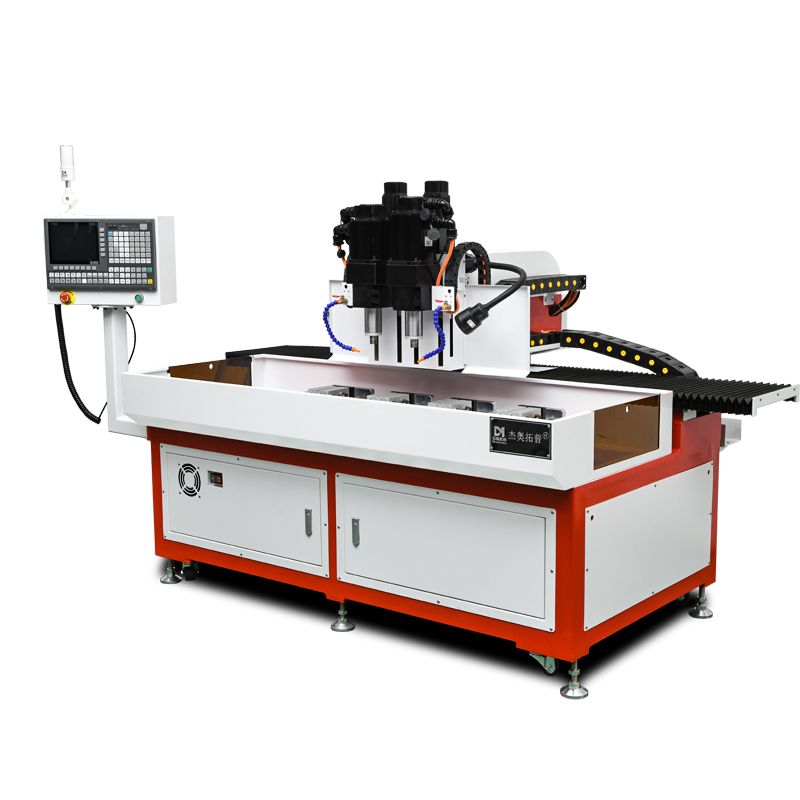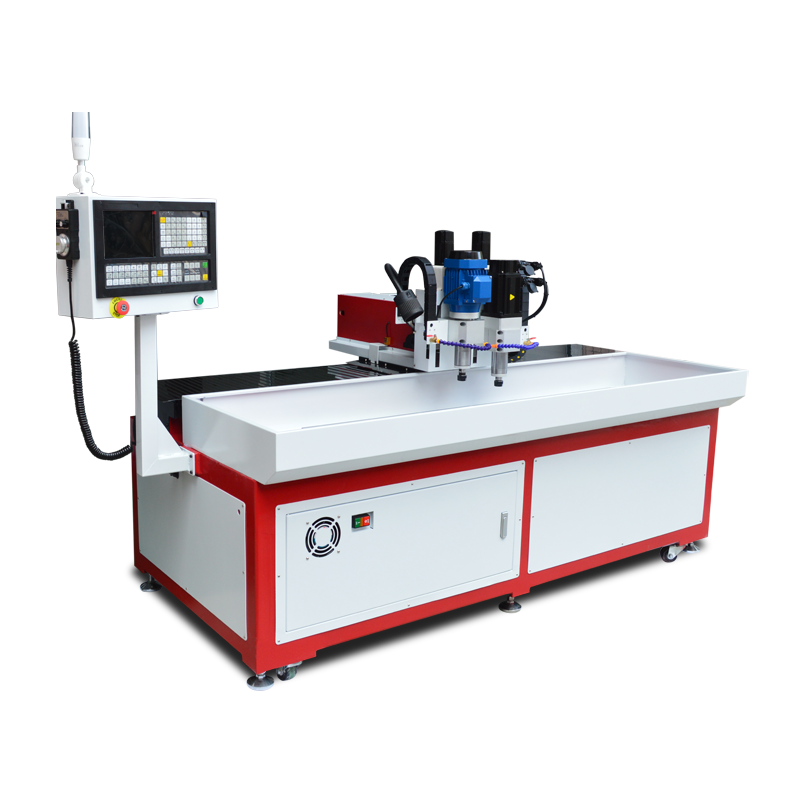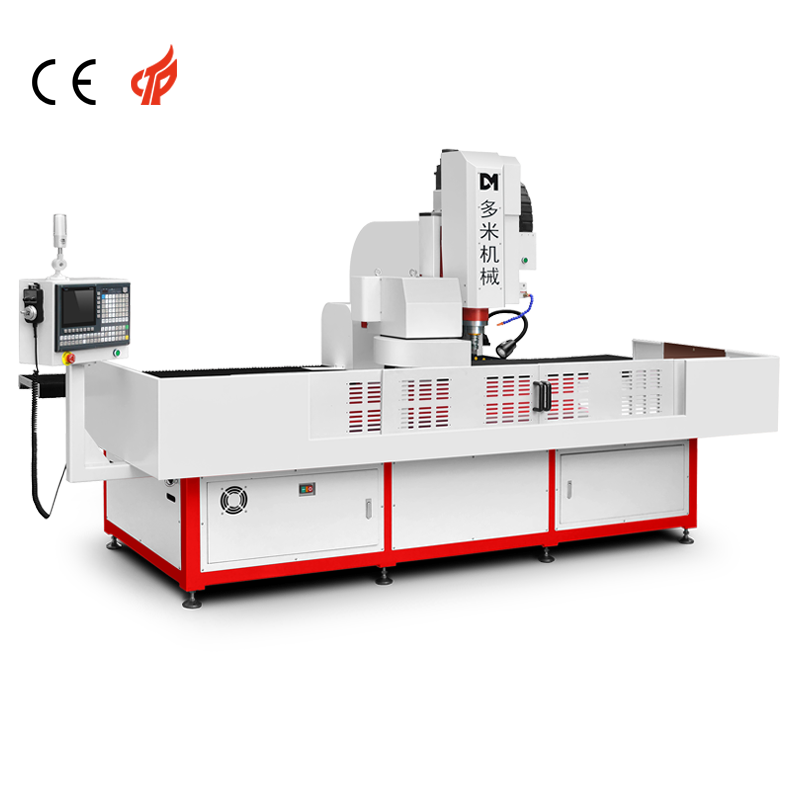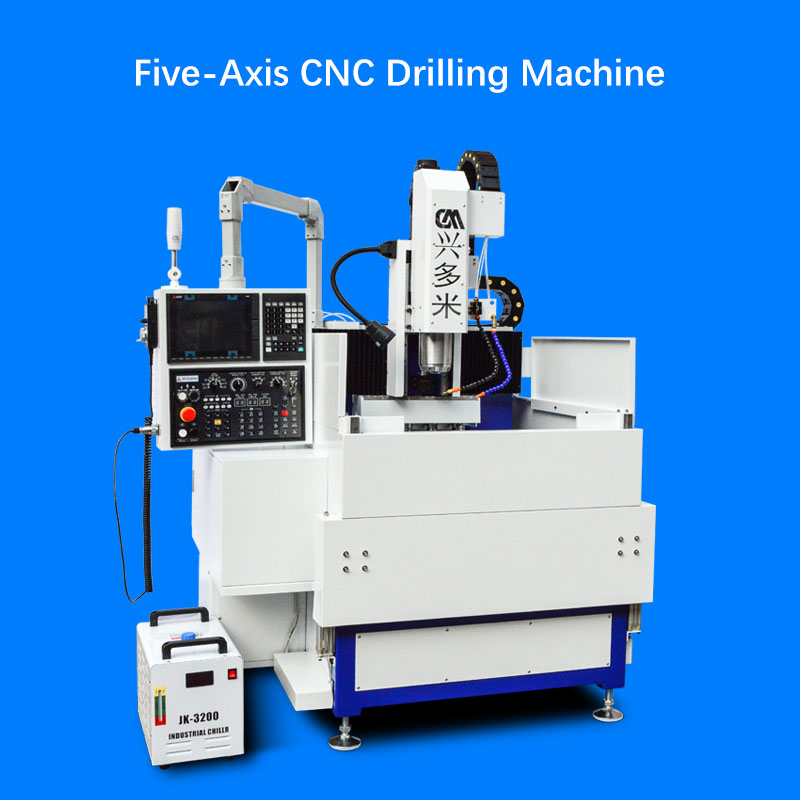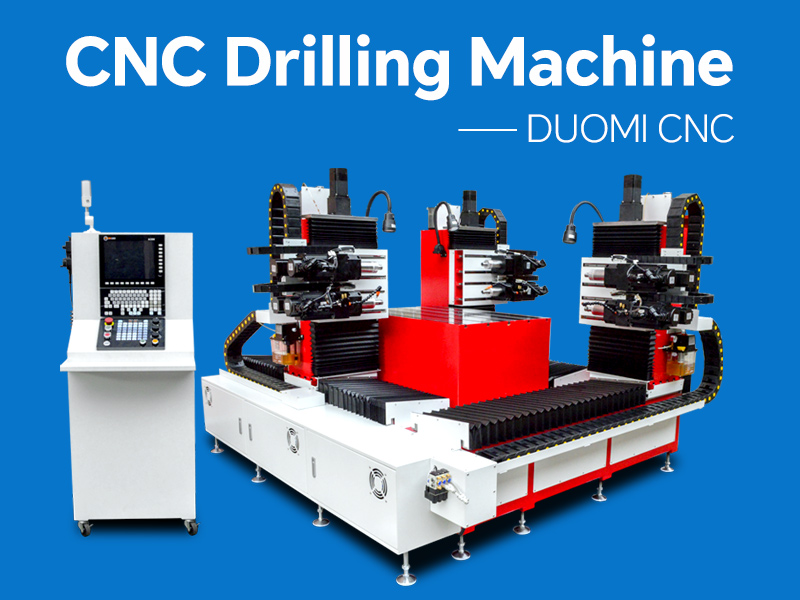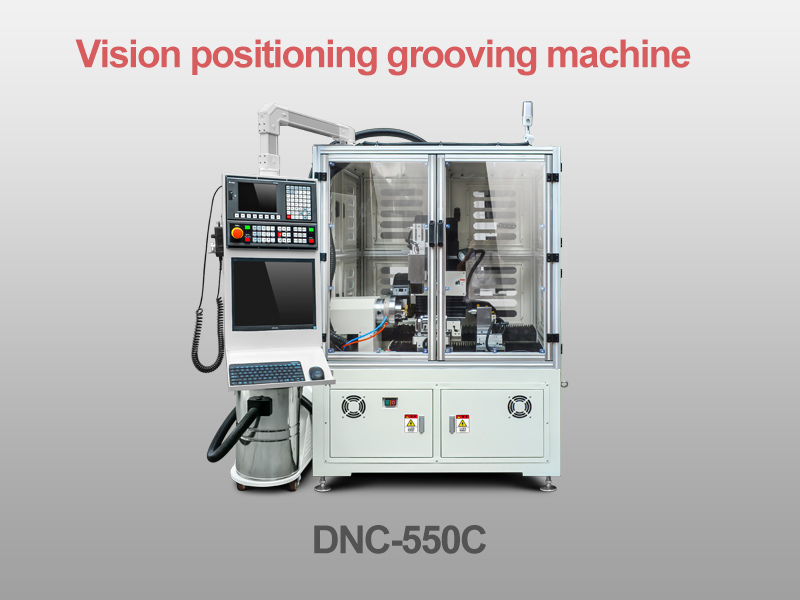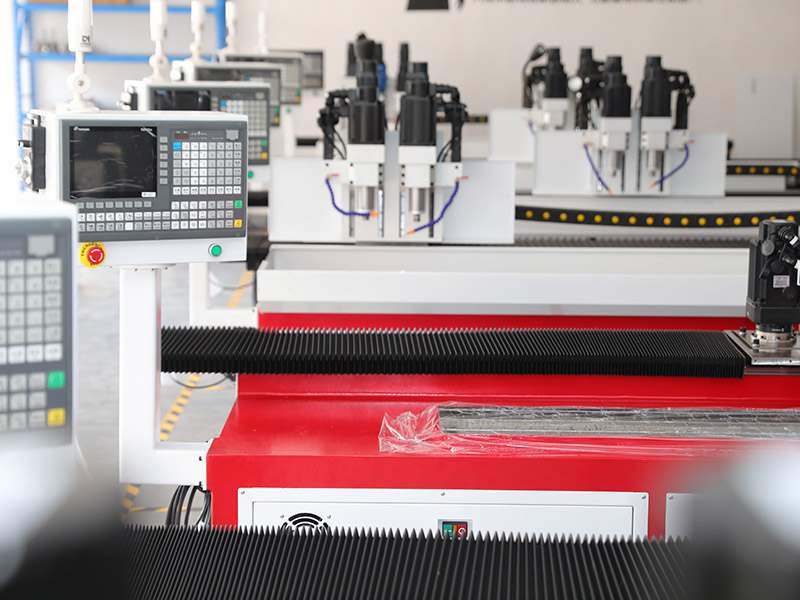The history of thermal drilling can be traced back to the early 20th century. In 1923, a Frenchman named Mr. Valliere first attempted to develop a tool that utilized the principle of frictional heat generation to thermally drill holes in thin metal sheets. Although he achieved technical success, the industrial application of this technology was not feasible at the time due to the absence of high-strength carbide materials, the imperfect geometric design of drill bits, and the lack of advanced machinery capable of producing complex shapes.
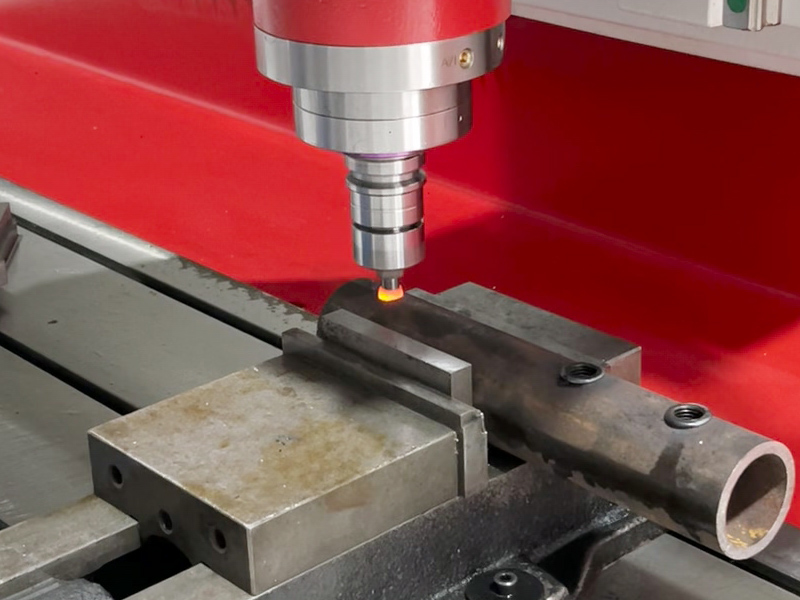
After 60 years of technological advancements and improvements, thermal drilling bits finally achieved commercial application in the 1980s. With the development of high-strength carbide, diamond grinding wheels, and sophisticated mechanical equipment, thermal drilling technology gradually matured and became widely used in industrial production.
The principle of thermal drilling involves generating heat through friction, causing the metal to soften as the drill bit presses through, creating a hole with a raised collar. This process is not only highly efficient and fast but also produces no chips and results in holes that can withstand high tensile and torsional forces.
Thermal drilling has a wide range of applications across industries such as automotive parts, sheet metal processing, air conditioning, and radiators. It is particularly effective for drilling thin-walled metal materials, improving both product quality and production efficiency. Additionally, thermal drilling technology can be applied to non-metallic materials such as plastic and ceramics, further expanding its applications.
DUOMI's CNC thermal drilling machines continue to evolve, integrating traditional thermal drilling technology with CNC systems. This innovation enhances drilling precision and speed, replacing traditional complex processes such as rivet nut installation and nut welding on thin-walled materials. As a result, it helps enterprises reduce production costs and increase efficiency.




